PPT-Overview of the Spanish Civil War
Author : cheryl-pisano | Published Date : 2017-07-31
Republican victory in 1931 Municipal elections King Alfonso XIII fled Spain 2 nd Republic is established Progressive and Liberal Constitution 1931 Autonomy of various
Presentation Embed Code
Download Presentation
Download Presentation The PPT/PDF document "Overview of the Spanish Civil War" is the property of its rightful owner. Permission is granted to download and print the materials on this website for personal, non-commercial use only, and to display it on your personal computer provided you do not modify the materials and that you retain all copyright notices contained in the materials. By downloading content from our website, you accept the terms of this agreement.
Overview of the Spanish Civil War: Transcript
Download Rules Of Document
"Overview of the Spanish Civil War"The content belongs to its owner. You may download and print it for personal use, without modification, and keep all copyright notices. By downloading, you agree to these terms.
Related Documents

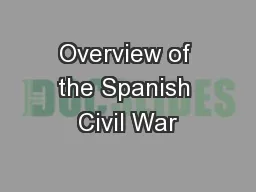
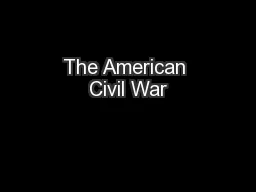
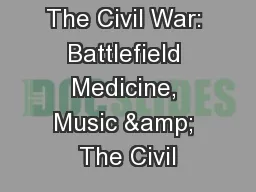
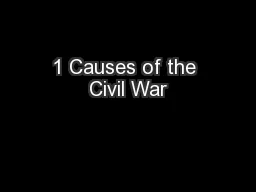
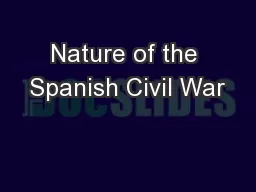
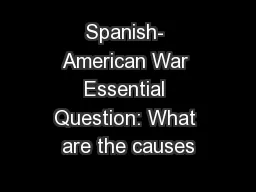
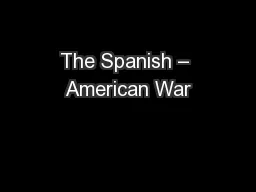
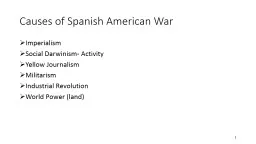
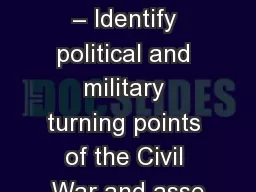
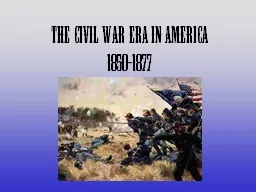

![[EBOOK] Getting Started with Spanish: Beginning Spanish for Homeschoolers and Self-Taught](https://thumbs.docslides.com/1008295/ebook-getting-started-with-spanish-beginning-spanish-for-homeschoolers-and-self-taught-students-of-any-age-homeschool-spanish-teach-yourself-spanish-learn-spanish-at-home.jpg)
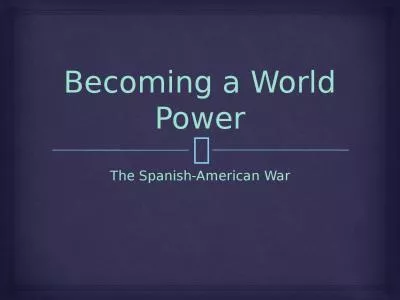
![get [PDF] Download West\'s Spanish English English Spanish Law Dictionary: Translations](https://thumbs.docslides.com/1019677/get-pdf-download-west-s-spanish-english-english-spanish-law-dictionary-translations-of-terms.jpg)